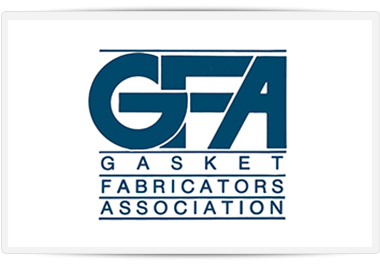If you're looking to stop air from infiltrating your balance pocket and leaking around the sash, Frank Lowe's chimney blocks are the perfect solution. In fact, customer complaints of air infiltration and whistling noises from windows tends to increase as the colder months begin.
This is primarily due to higher winds, which force air into every available crease in a window system. Fortunately, the customer may not need to replace the entire window unit.
Utilizing Frank Lowe's chimney blocks can be the perfect, cost-effective solution for installers and contractors to prevent air infiltration and whistling noises. Let's take a closer look at chimney blocks.
Air Infiltration...It's More than a Nuisance for Most Windows
While the whistling noise from air infiltration may be frustrating for a customer, it can also be very expensive. According to data from Energy.Gov, heat loss through windows could be responsible for as much as 35% of heating energy use. While nonoperating windows may not experience this problem, it can be a problem for virtually any type of window that opens or closes.
Casement Windows
Casement windows are better at preventing whistling and air infiltration than other kinds of windows that open or close. This is due to the tight seal that is attained around the sash when the locking mechanism is engaged. It creates consistent compression around the entire sash perimeter to block out substantial air infiltration.
Double-Hung Windows
If casement windows are not feasible, double-hung windows are the next best option for preventing air filtration. These windows are regularly used on traditional homes as well as modern-style farmhouse homes.
Even though these windows are more efficient at preventing air infiltration, they are less airtight because they lack the locking mechanism featured on casement windows. At the same time, double-hung windows have more seams and more weather stripping, which makes them more susceptible to air infiltration.
In instances where the top sash isn't required, a single hung window could limit the likelihood of air infiltrating the perimeter.
Gliders
Gliders, also referred to as sliding windows, offer similar air infiltration as a double-hung window. However, these windows are naturally more susceptible to air infiltrating the system because they do not feature a sill interlock or a check rail engagement.
How to Prevent Whistling Noise and Air Infiltration?
There are a number of steps that can be taken to help prevent air infiltration in a window system. For example, weather stripping and caulking are quick fixes that can be used to prevent air infiltration.
Both of these options can be used on the exterior of the home. On the inside, homeowners can opt for thermal insulating curtains to possibly help with the problem. While these may be quick fixes, they are not sustainable, long-term solutions.
To truly remedy an air infiltration or a whistling noise, the actual problem must be treated at the source. And Frank Lowe's chimney blocks are uniquely designed and engineered to do just that.
Chimney Plugs Can Prevent Fall & Winter Whistle Noise and Air Infiltration
Also called air dams, balance plugs, and jamb plugs, chimney blocks are essential fenestration components engineered to prevent air from making its way into the balance track. Chimney plugs are commonly found in both single-hung and double-hung windows.
They help users with the weight of the sash as they close and open the windows. When the windows are closed and not in use, the chimney balance helps hold the top of a double-hung window in place.
How Do Chimney Blocks Work?
Chimney blocks are engineered to block the flow of air up the window balance track. They do so by sealing the space around the balance. The manner in which this is accomplished can vary based on how the product is mounted, such as whether the balance remains stationary or moves with the balance, and the type of balance being used:
No matter the type of balance system being used, chimney blocks are excellent at preventing air infiltration.
Frank Lowe's Chimney Block Prevents Cold Weather Air Infiltration
At Frank Lowe, we offer an expansive selection of high-quality chimney blocks. Because we have unique fenestration fabrication capabilities, we can create chimney blocks of any size for almost any window and balance combination. Regardless of the application, our specialized chimney blocks are designed to:
And when it comes to versatility, our chimney blocks are offered with a single-hole, dual-hole, off-center hole, and no-hole design.
The Chimney Block Decreases Air Infiltration
Leveraging chimney blocks to decrease air infiltration is relatively straightforward, but it's imperative you follow the proper installation steps.
- Position the chimney blocks on the balance of the inner or lower sash. This positioning works to prevent the outside air from entering through the weep slots that are in the sill. If air does enter through weep slots in the sill, it will move up the jamb pocket and make its way through the interlock area and then into the room.
- Make sure the chimney blocks are positioned anywhere from two to four inches underneath the tilt latch for maximum benefit.
Contact Frank Lowe for Custom Chimney Blocks
For more than 60 years, Frank Lowe has been a leader in the fenestration market. We offer a range of custom fenestration solutions, including chimney blocks. Our custom chimney blocks, jamb plugs, air dams, and balance plugs tailormade for your fenestration application in any size.
Contact us today for custom chimney blocks and other solutions.






